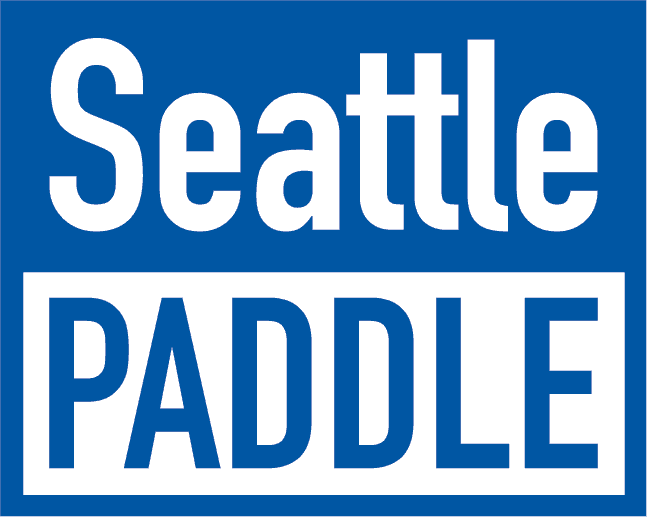COVID-19 Guidelines: We value the safety of you, the customer, and our employees above all else. All employees are screened daily for fever and other COVID-19 symptoms. We ask that if you have a fever, cough, shortness of breath, fatigue, muscle aches, or new loss of taste or smell, or have tested positive for COVID-19, that you stay home. If you have a reservation, we will gladly refund or reschedule you at a later date. We adhere to all local, state and federal guidelines. We ask that you do the same.
We encourage online reservations and require completion and signing of the NOTICE OF RISK on your smart device prior to beginning your rental. We also offer a contactless payment process for Apple and Android Pay and credit card chips for walk-up customers.
Stand Up Paddle boarding, or SUP, and kayaking are water sports, and with any water activity, there are inherent risks. Your safety is our number one concern and we take every required precaution, and then some.
- Required safety equipment includes personal flotation devices (PFDs) and whistles. These are included in your rental.
- Additionally, we provide ankle leashes on our stand up paddle boards, which are arguably the most important piece of safety equipment, as they keep you tethered to the board in case you “jump” in the water and prevent the board from quickly blowing away via the wind or being pushed away from the paddler by a boat wake.
- If you lose your balance and lean past the point of no return while standing on a SUP, go all the way! Fall into the water instead of on the board. The water provides a much softer landing than the hard board. Plus we don’t want a separated/dislocated shoulder or worse!
- To climb back on the board while floating, swim to the side of board near the center carry handle. Grab the handle and pull your chest onto the deck of the board before reaching across to far side of board to pull yourself back on the board.
- Give docks, boardwalks, anchored boats, other paddlers, swimmers, etc. at least a board/boat length separation. We don’t want to fall into objects or people where we could injure ourselves or someone else, and we don’t want a collision that could cause property damage or injury to yourself or others.
- Yield to motorized watercraft. Although you often have the right-of-way as a human-powered vessel, it is best to yield to boats, as they are not always observant and could cause serious harm.
- Paddle with a partner. Not only is it more fun to enjoy the water and wildlife with someone else, having a paddle buddy could save your life if a medical emergency occurs while on the water. Consider carrying a phone in a waterproof dry bag as well.
- WIND. Paddle boarding (and kayaking to a lesser degree) quickly becomes sailing when the wind picks up. Your body and freeboard of the board and boats catches the wind and you move quickly in the direction that the wind is blowing. Always start heading directly into the wind, so that you can hopefully finish with the wind at your back. Winds however can change direction during your outing. If you discover that you are having difficulty paddling into a headwind, sit down with feet in front and choke down near the bottom of the paddle shaft. QUICK forward strokes will allow you to make progress in a strong headwind. In extreme cases, it may be necessary to lay down with the paddle blade tucked under the chest and paddle shaft extending forward. Paddle with hands on the sides of the board in a swimming fashion. Reducing your sail in this fashion will allow you to make progress in strong head- and side-winds.
- THUNDERSTORMS. To avoid the danger of a potential lightning strike, we require all participants to exit the water upon hearing a thunderclap. We wait 20 minutes from the last thunderclap before participants are allowed back on the water.

